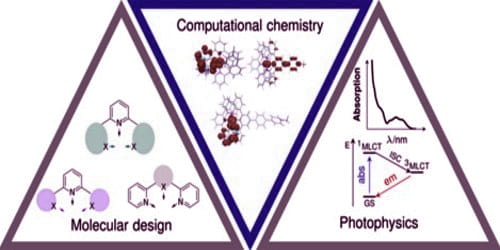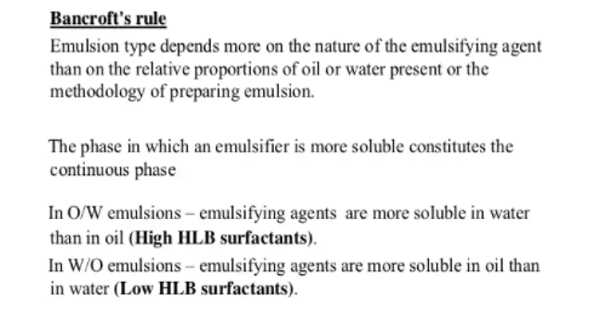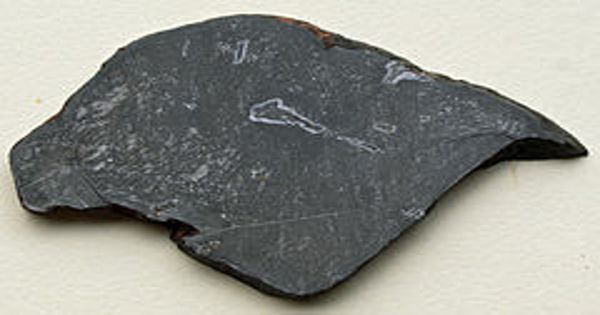The term “computational chemistry” is used to mean many different things. Computational chemistry is a branch of chemistry that uses computer science to help solve chemical problems. It is not the same as computer science, although professionals in the two fields commonly collaborate. These programs calculate the structures and properties of molecules and solids. Computational chemistry normally complements the information obtained by chemical experiments. It can predict chemical phenomena that have not yet been observed. Computational chemists use mathematical algorithms, statistics, and large databases to integrate chemical theory and modeling with experimental observations. It is widely used in the design of new drugs and materials. It can be used for the prediction of photochemical reactivity and the design of photosensitizers for cancer phototherapy.
Computational chemistry can predict structure (that is, the expected positions of the molecule’s atoms), absolute and relative (interaction) energies, electronic charge distributions, dipoles and higher multipole moments, vibrational frequencies, reactivity or other spectroscopic quantities, and cross-sections for collision with other particles. It can be used to calculate the vibrational spectra and the normal vibrational modes for relatively simple molecules.
Typical work duties include the following:
- Develop computer models and simulations of chemical and biochemical processes and entities
- Perform and interpret the statistical analysis of large datasets
- Create visual representations of reaction pathways, molecular interactions, or other phenomena
- Collaborate with laboratory researchers in industrial, nonprofit, government, or academic laboratories.
There are two main branches of computational chemistry: one is based on classical mechanics, and the other is based on quantum mechanics. Computational chemistry looks at both static and dynamic systems. In all cases, as the size of the system being studied grows, the computer time and other resources (such as memory and disk space) used also grows. The term computational chemistry is usually used when a mathematical method is sufficiently well developed that it can be automated for implementation on a computer. That system can be a single molecule, a group of molecules, or a solid. These methods range from highly accurate to very approximate. Highly accurate methods are typically feasible only for small systems.
















